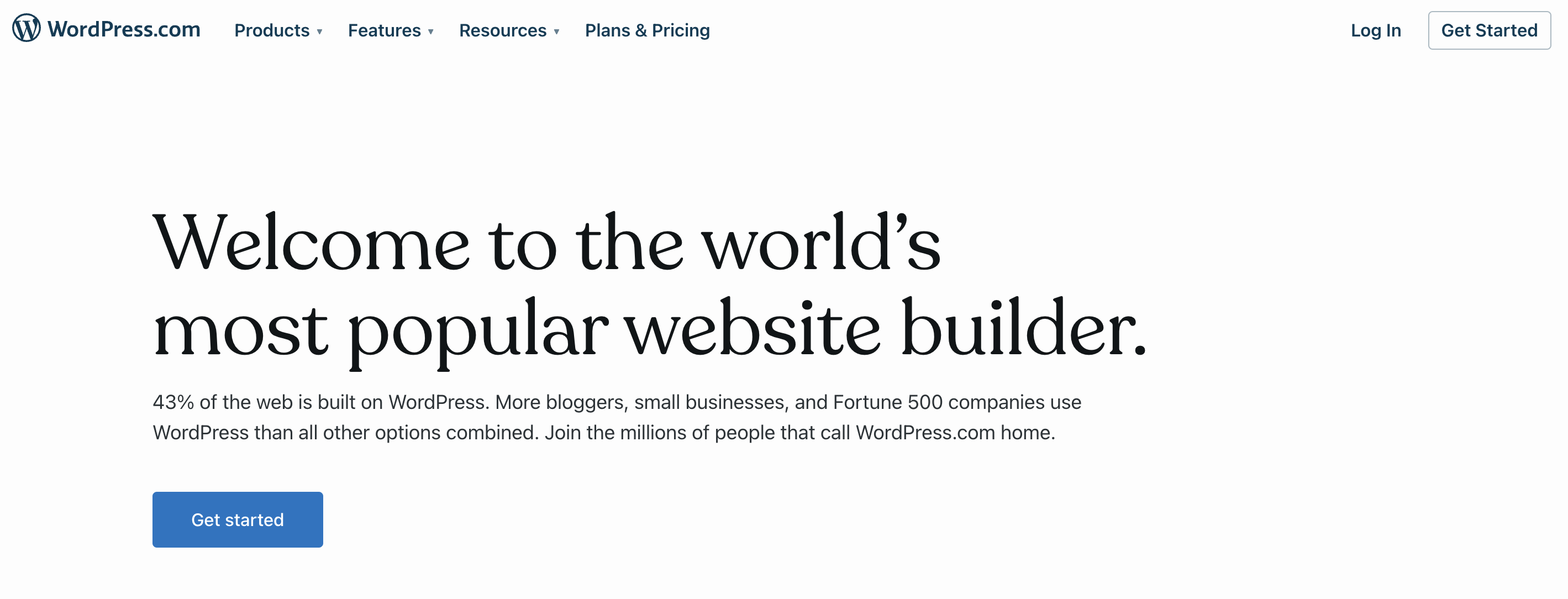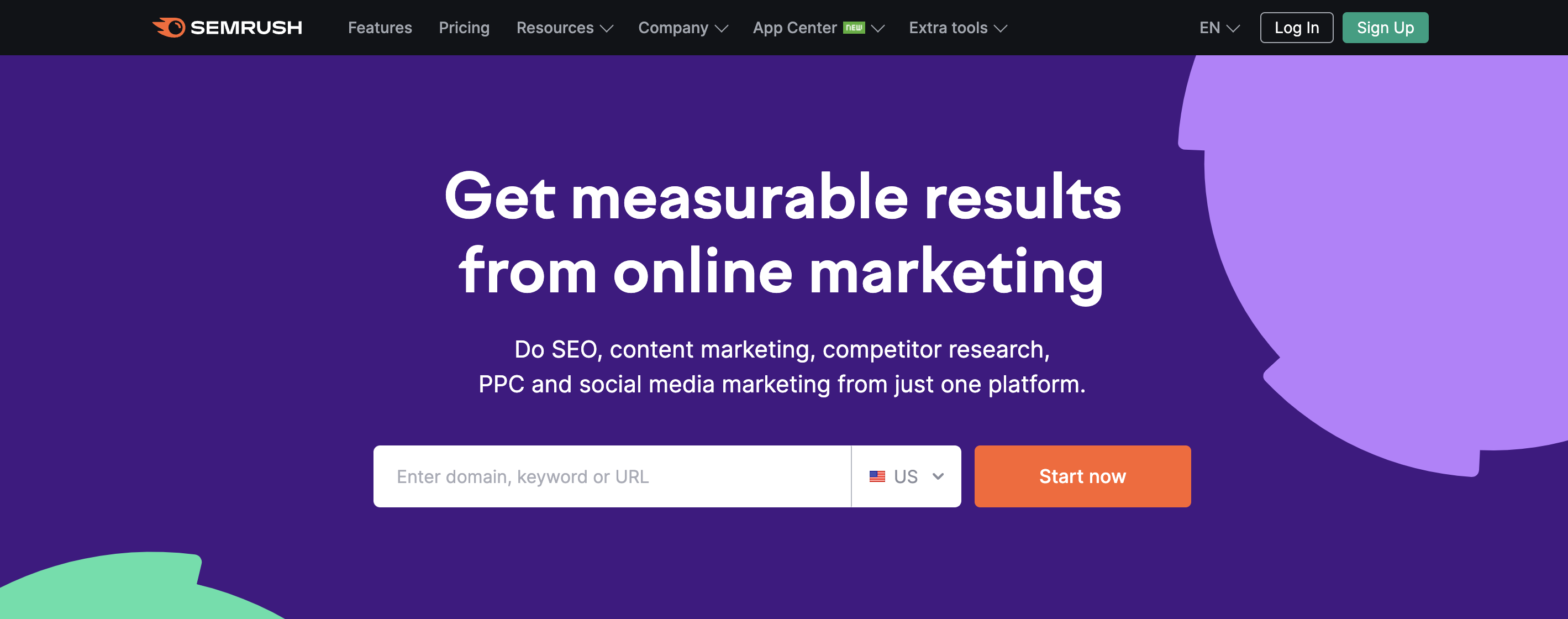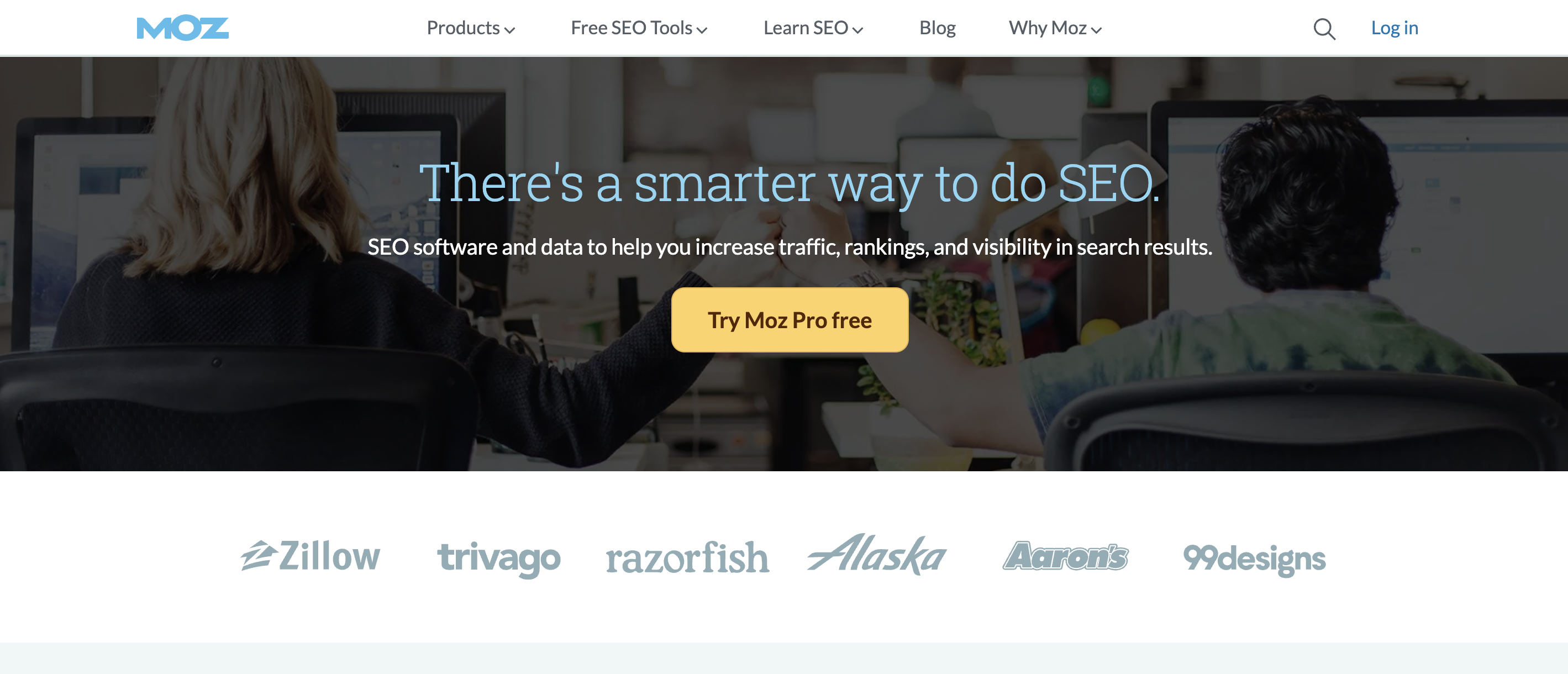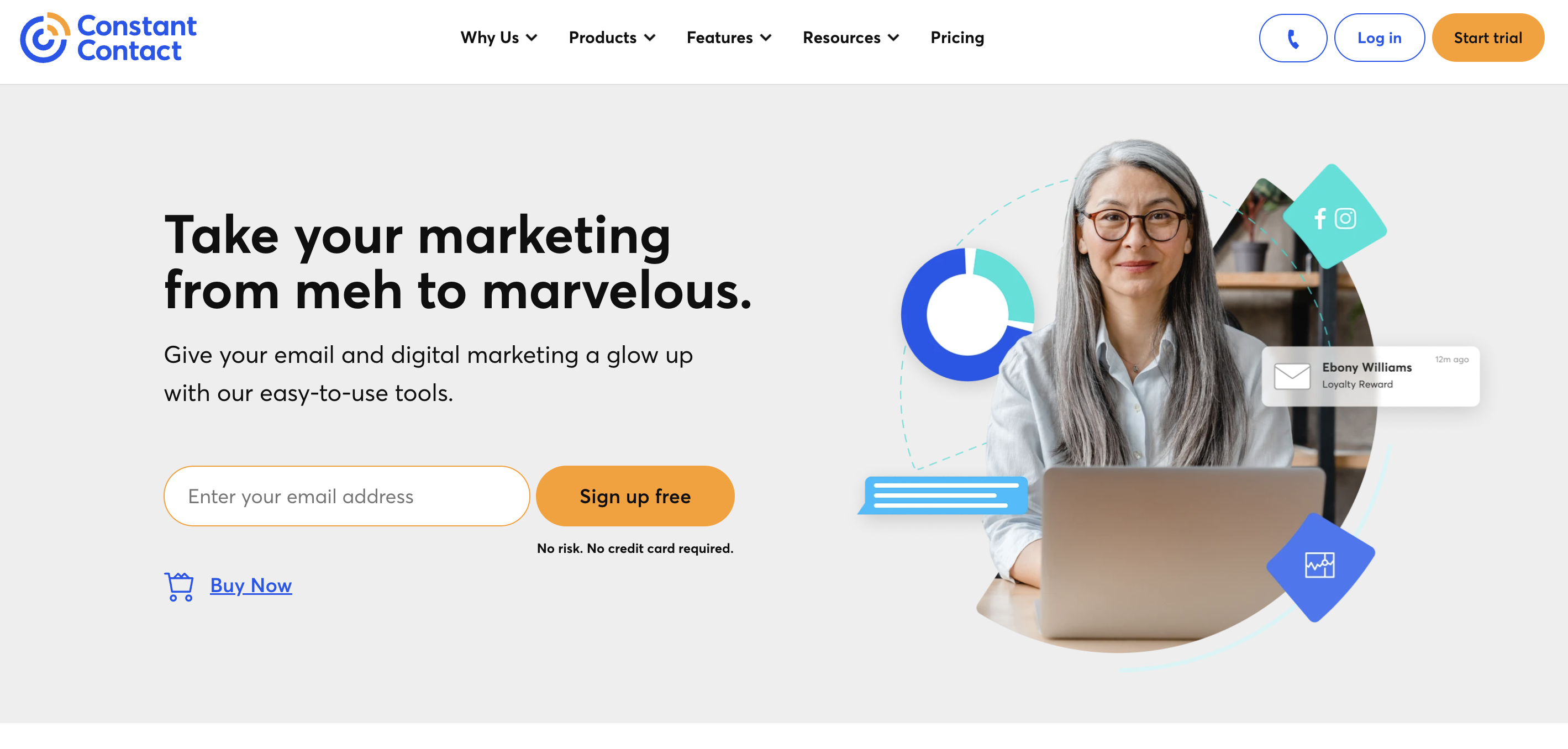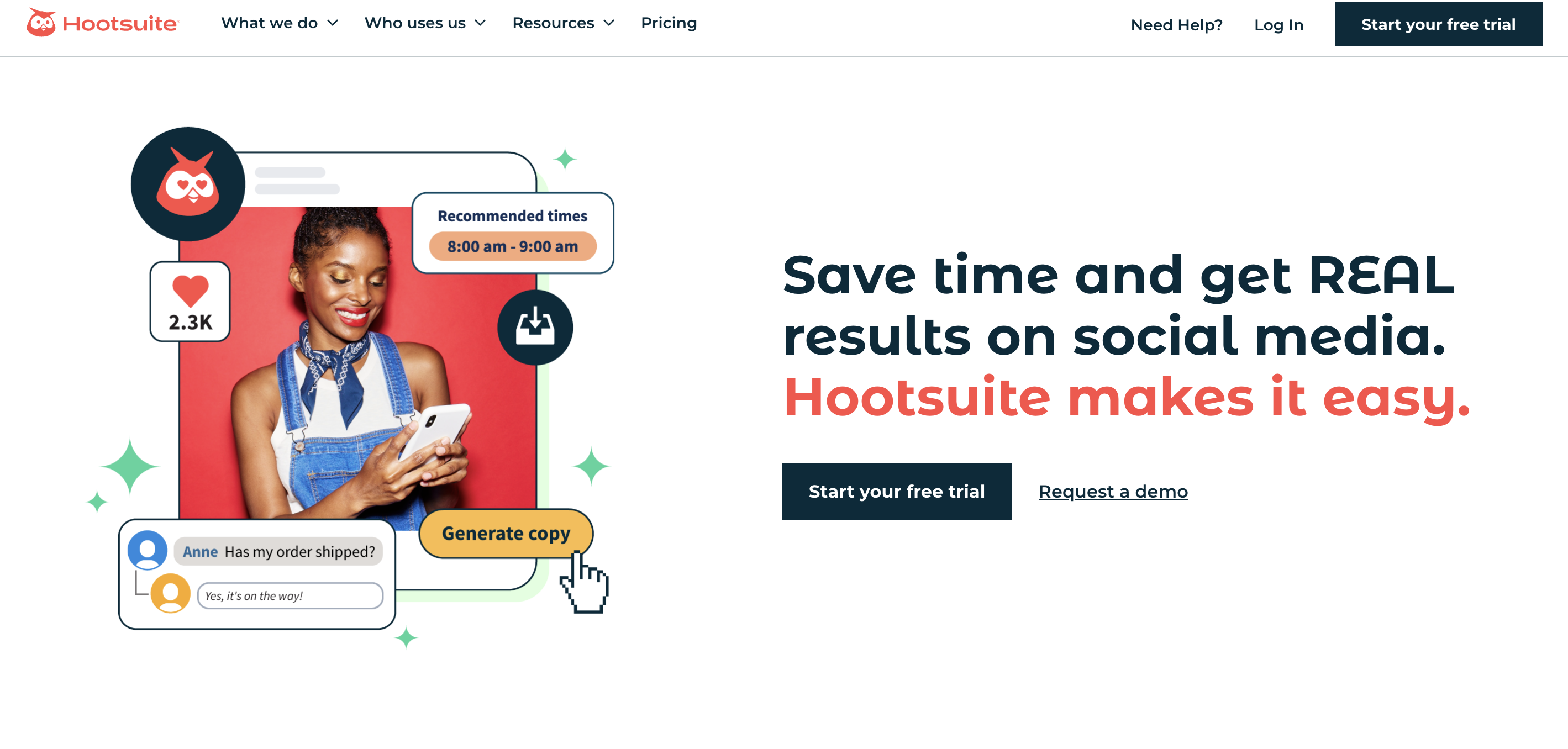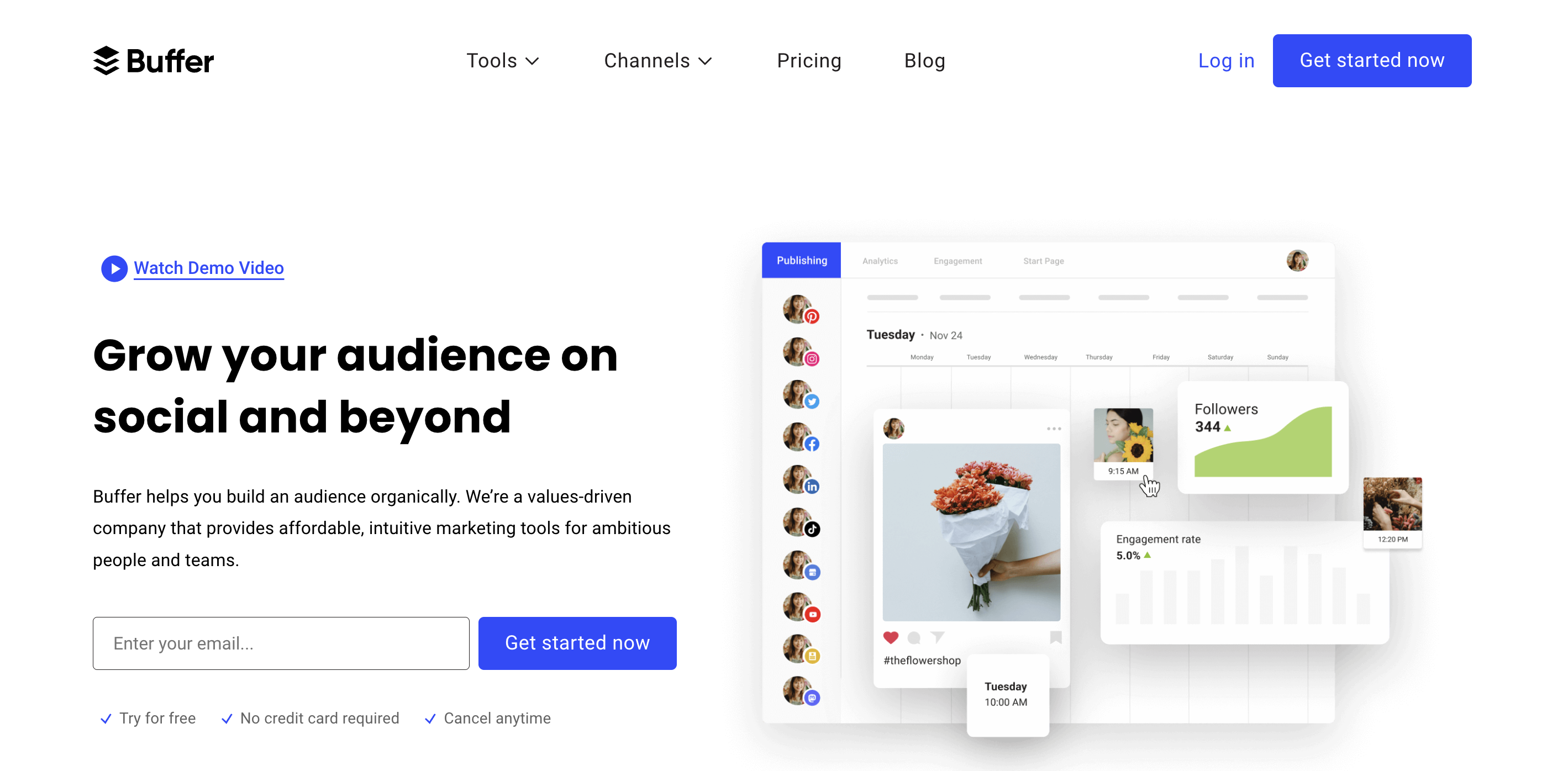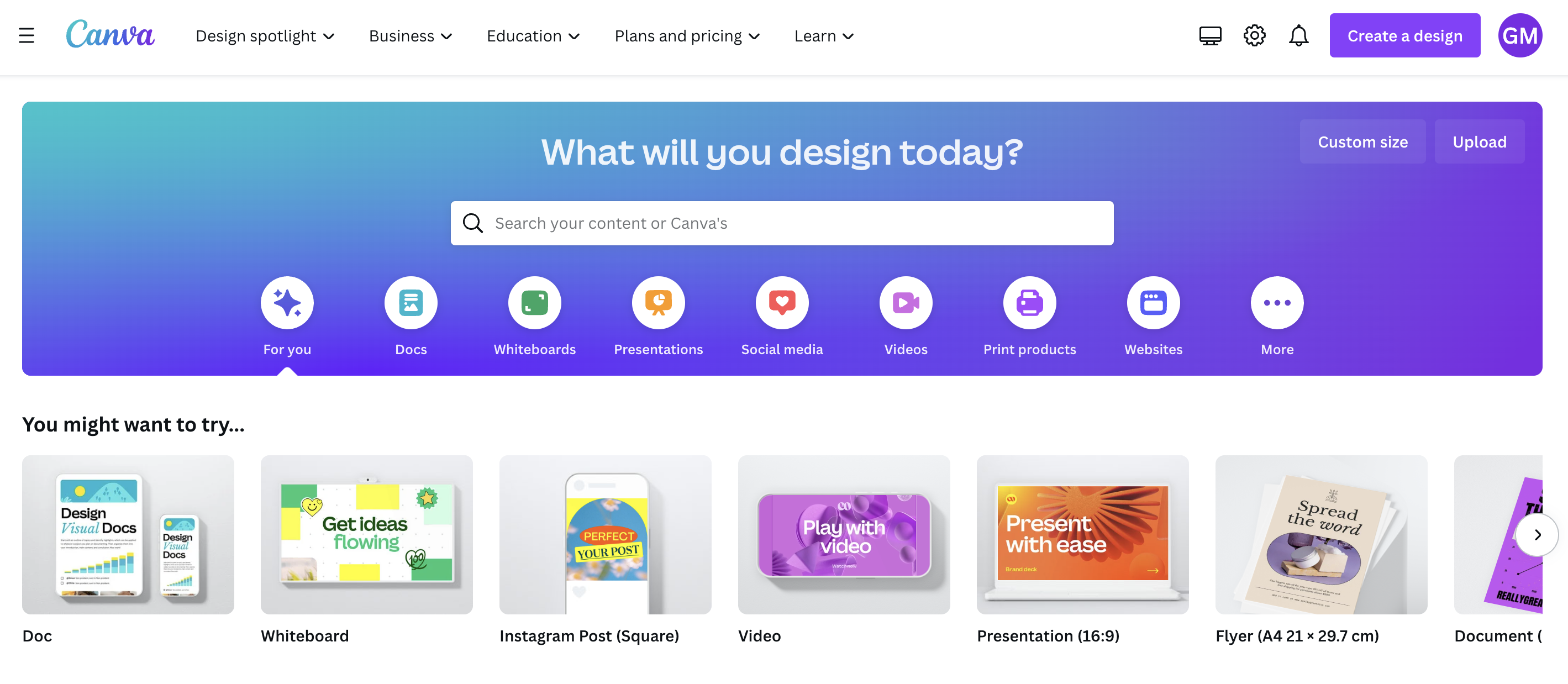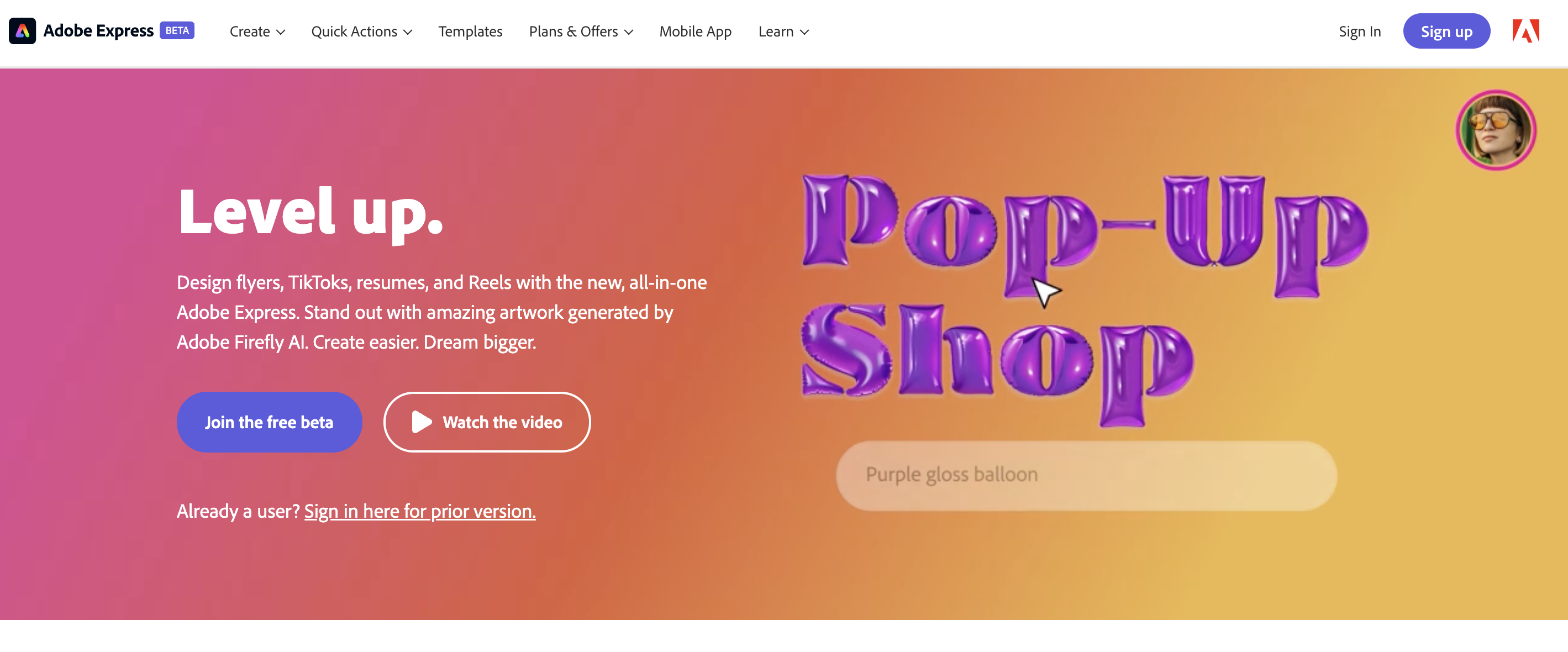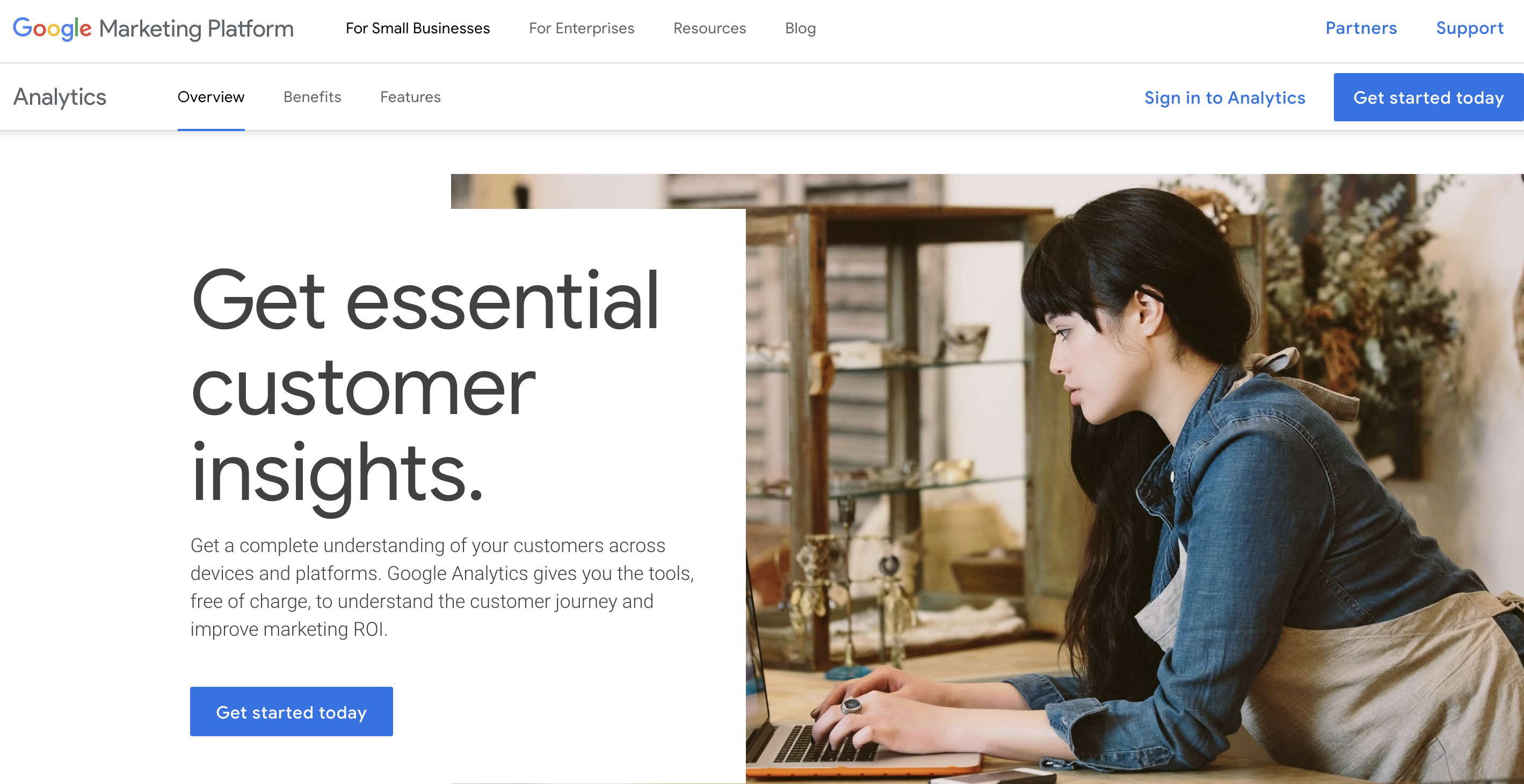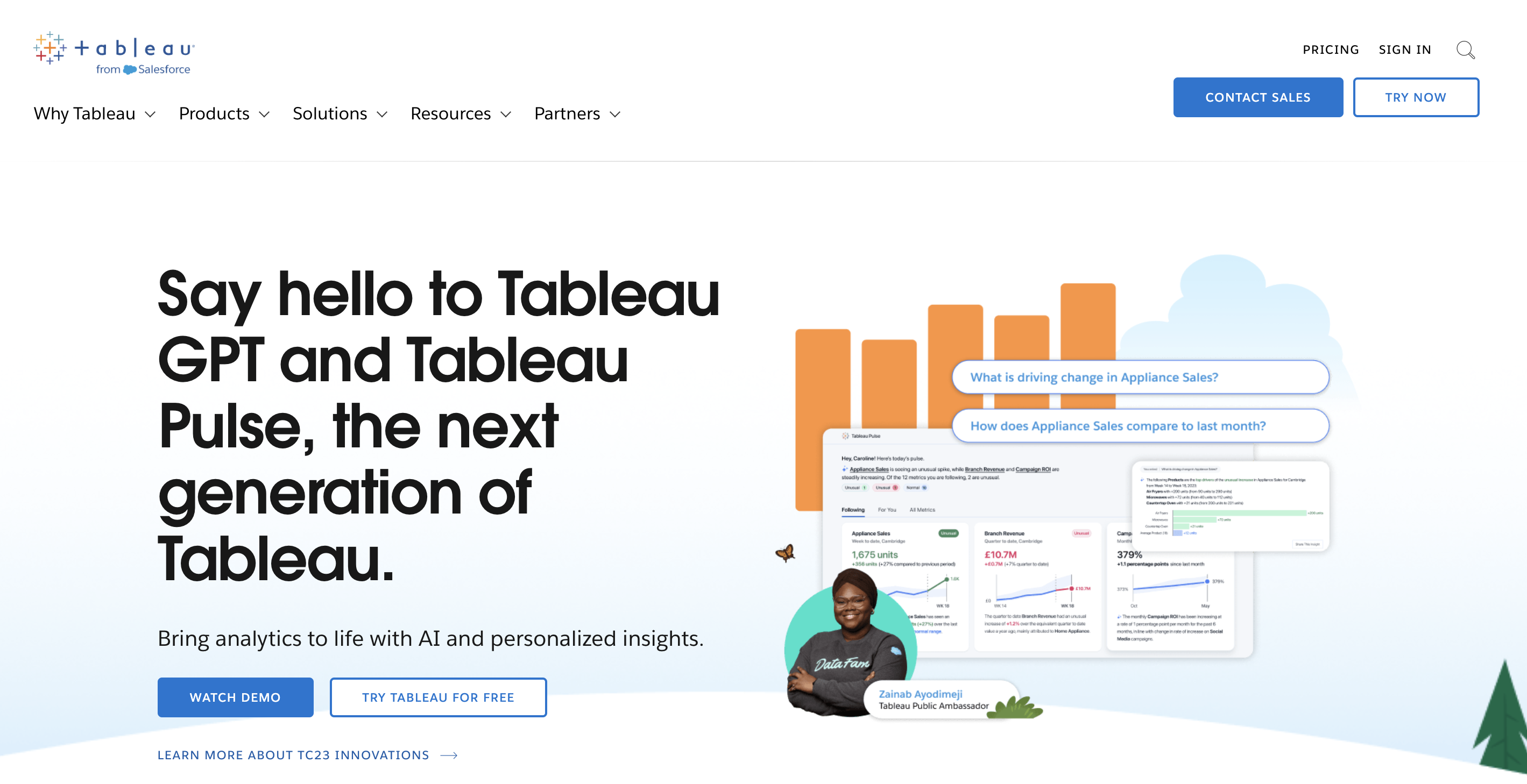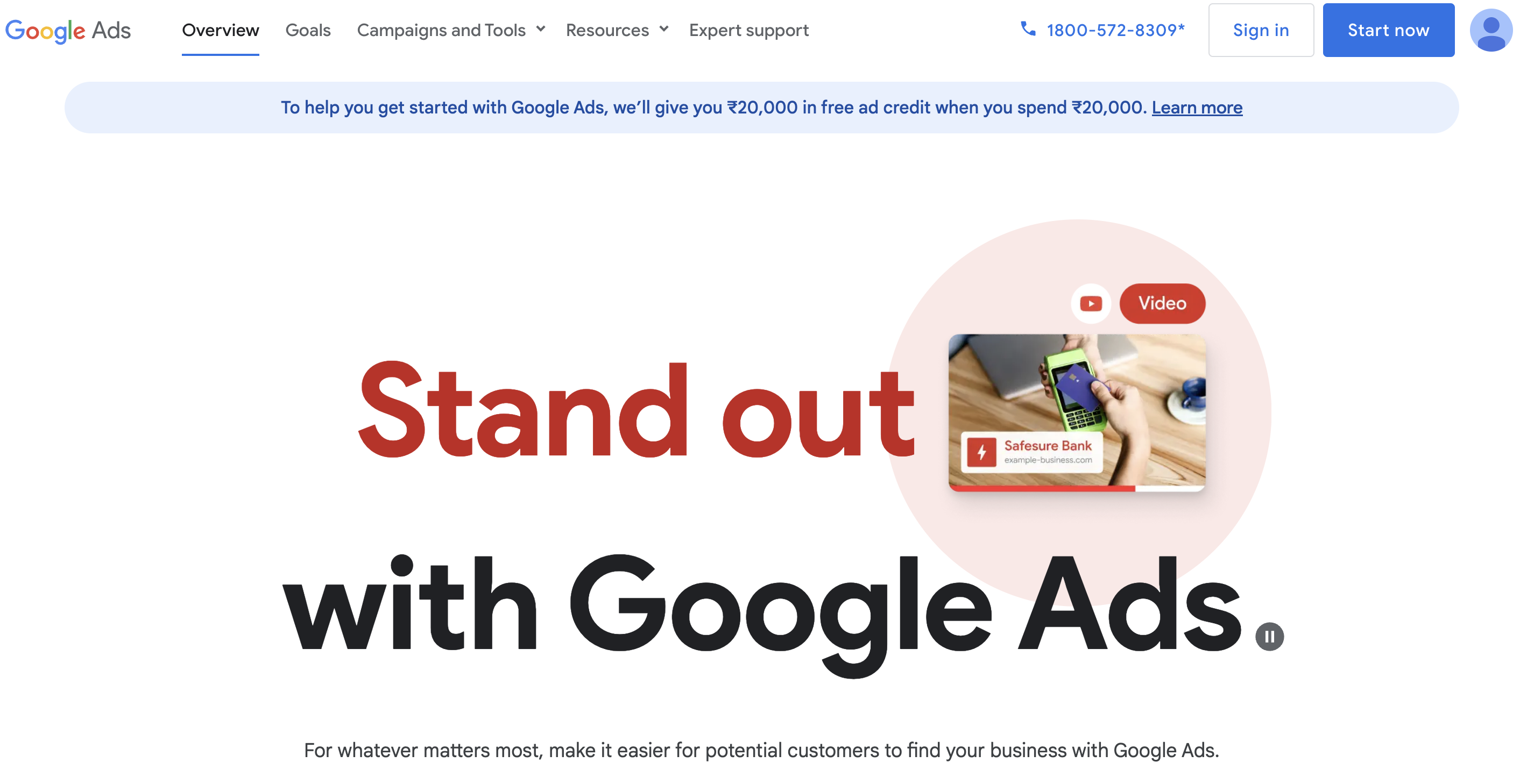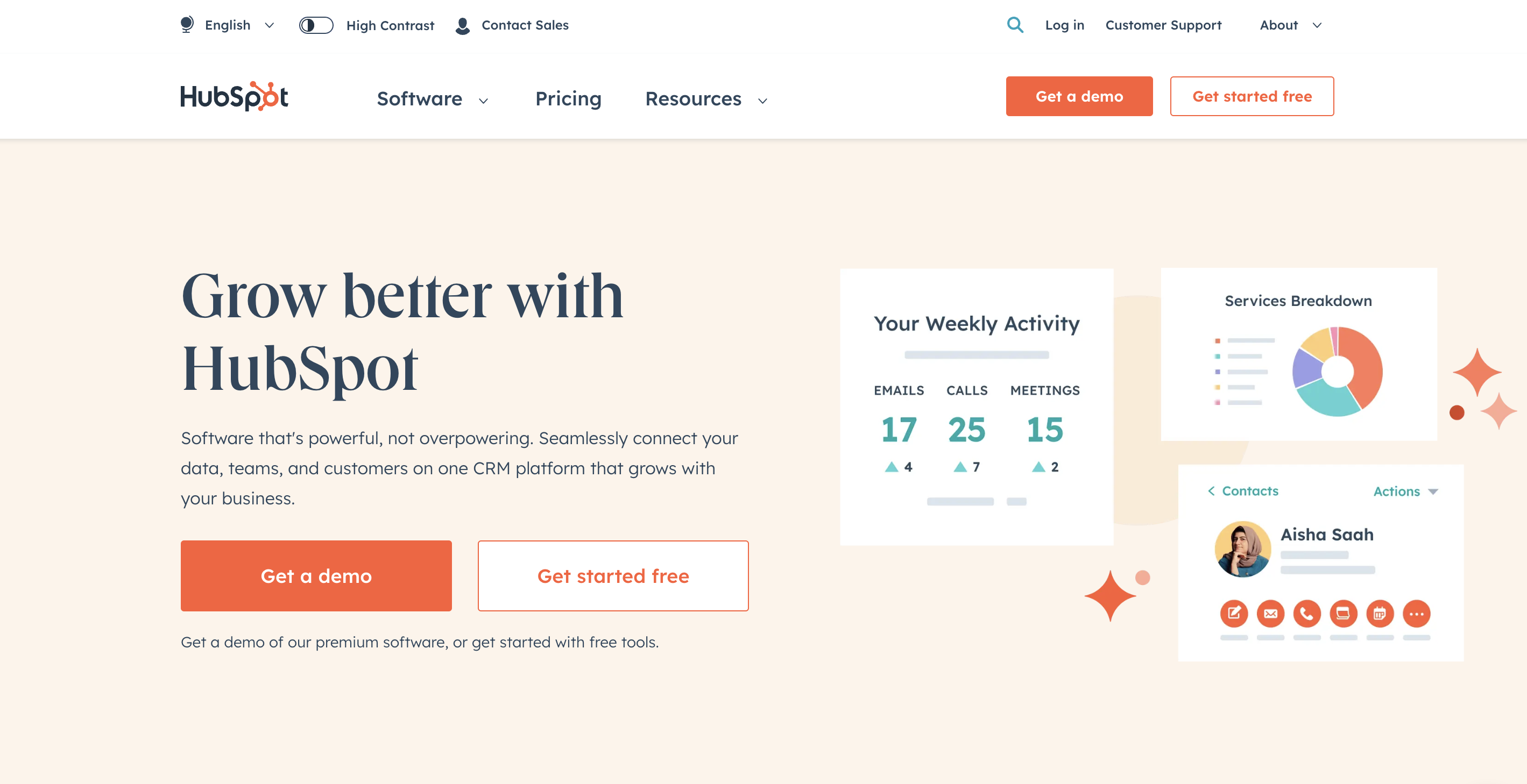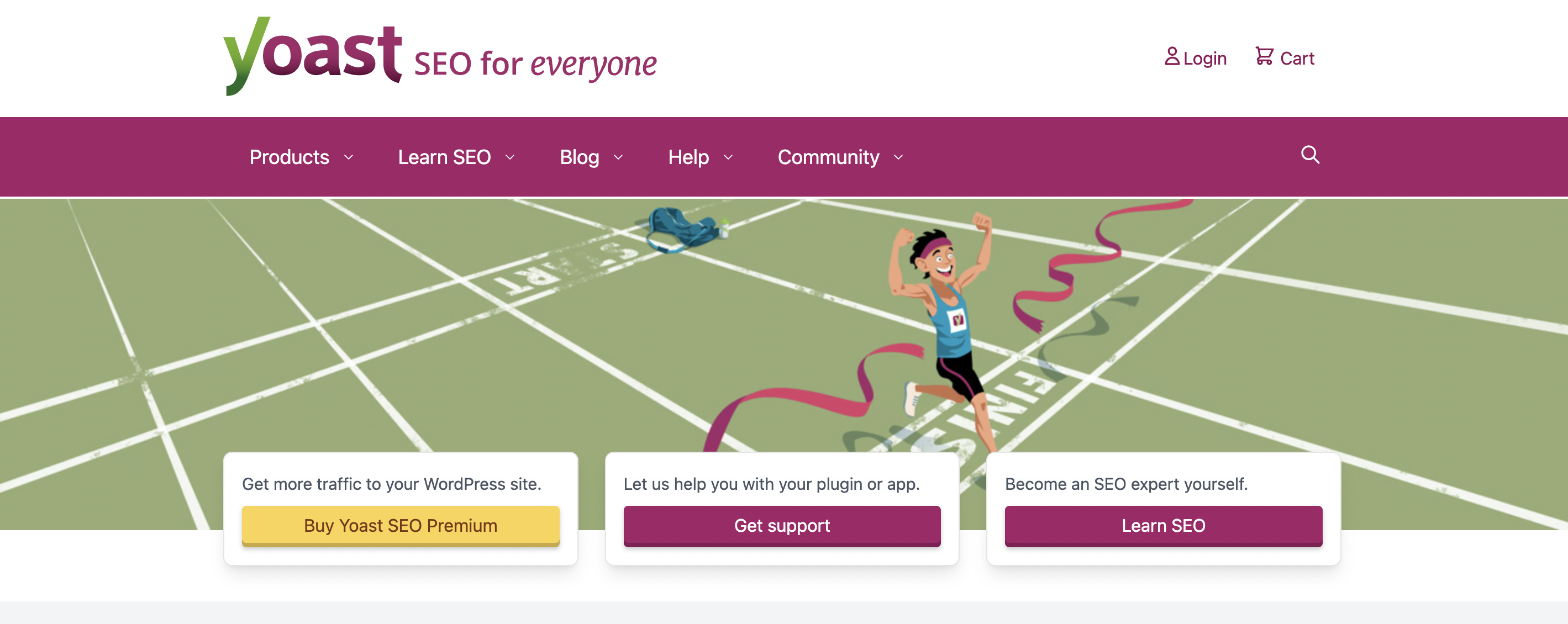Why Email Outreach is Essential for Influencer Marketing
Email outreach holds a pivotal role in influencer marketing, acting as a bridge between initial interest and tangible collaboration. Unlike the often noisy and transient nature of social media interactions, emails provide a direct and personalized line of communication to influencers. This platform allows brands to present detailed collaboration proposals, highlighting campaign objectives, mutual benefits, and expectations in a manner that’s professional and comprehensive.
Moreover, the structured format of emails offers scalability and efficiency, especially with the plethora of outreach tools available today. Brands can target multiple influencers simultaneously, automate follow-ups, and meticulously track campaign responses and analytics. This ability to scale, combined with automation, ensures that outreach efforts are both widespread and effective.
The enduring nature of emails establishes a documented history of conversations, ensuring clarity and commitment from both parties. It fosters two-way communication, where influencers can seek clarifications, negotiate terms, or provide feedback, laying the foundation for transparent and long-term partnerships. In an era dominated by digital interactions, email remains a trusted and essential tool for building meaningful connections in influencer marketing.
Criteria to Consider When Choosing an Email Outreach Tool
When selecting an email outreach tool, several criteria can ensure you pick a solution that aligns with your needs and enhances your influencer marketing efforts. Some of the key considerable points are as follows:
Usability and User Interface: The tool should have an intuitive interface that allows for easy setup and operation. You don’t want to spend excessive time figuring out the basics.
Integration Capabilities: It should seamlessly integrate with your existing email providers, CRM systems, and other tools to ensure smooth data flow and campaign management.
Customization: The ability to craft personalized emails is essential. Look for tools that allow for customization based on recipient data, ensuring your outreach feels personal and relevant.
Scalability: Whether you’re reaching out to a handful or hundreds of influencers, the tool should be able to handle your needs as they grow.
Automated Follow-ups: An effective tool will allow for automated follow-up emails based on recipient behavior, ensuring you remain on top of potential collaborations without manual monitoring.
Tracking and Analytics: Insights into open rates, click-through rates, response rates, and bounce rates can be invaluable. A robust analytics feature will help you gauge the effectiveness of your campaigns and refine your strategies.
Segmentation: For more targeted outreach, consider tools that allow you to segment your contact list based on various criteria like influencer niche, location, or past interactions.
Templates: While personalization is crucial, having a repository of customizable templates can speed up the outreach process for different campaigns.
A/B Testing: The ability to test different email variants can help you determine the most effective messaging, subject lines, or call-to-actions for your audience.
Budget and Pricing: Evaluate the cost of the tool against its features and your budget. Some tools offer tiered pricing based on features or the number of emails sent.
Reliability and Deliverability: Ensure the tool has a good reputation for delivering emails that land in the recipient’s inbox and not the spam folder.
Support and Resources: Good customer support can be a lifesaver, especially when you run into issues. Additionally, tools that offer educational resources or best practices can help optimize your outreach campaigns.
Regulatory Compliance: The tool should have features ensuring compliance with email regulations like the CAN-SPAM Act or GDPR, ensuring your outreach adheres to legal standards.
Top 10 Email Outreach Tools for Influencer Marketing
In the dynamic landscape of influencer marketing, connecting with the right personalities is key to crafting genuine and impactful campaigns. Email remains one of the most professional and direct ways to initiate these collaborations. To streamline and enhance the efficiency of this process, various email outreach tools have emerged. These tools not only help in crafting personalized emails but also in tracking responses, automating follow-ups, and analyzing campaign success. Let’s dive into the top 10 email outreach tools that can elevate your influencer marketing efforts.
- Hunter.io: A tool primarily for finding email addresses associated with a particular domain. It also offers a verification service and can be invaluable in the initial stages of outreach when you’re trying to find the right contact.
- Snov.io: A versatile tool that provides features like domain search, LinkedIn integration, and a Chrome extension for finding emails. It also includes sender features, making the outreach process seamless.
- BuzzStream: Tailored for digital PR and content promotion, BuzzStream aids in researching influencers, managing your relationship stages, and conducting outreach, all within a centralized platform.
- Pitchbox: This influencer outreach and content marketing platform integrates with SEO tools, offers personalized outreach, automated follow-ups, and comprehensive campaign reporting, making it a favorite for many marketers.
- Mailshake: An easy-to-use solution for cold emails. It offers pre-existing templates, automatic follow-ups, and integrates with other tools to enhance your outreach efforts.
- GMass: Built for Gmail users, GMass allows for mass emailing with powerful segmentation, A/B testing, and analytics, making outreach campaigns more effective and personalized.
- NinjaOutreach: Specifically designed for influencer outreach, it offers a database of influencers, CRM features, and automated email templates, streamlining the influencer collaboration process.
- Lemlist: Beyond just sending emails, Lemlist focuses on building genuine relationships. It lets you send personalized images and videos within emails, making your outreach stand out.
- OutreachPlus: With features like smart personalization, automated responses, and detailed analytics, it’s designed to get more positive replies to your outreach efforts.
- Reply.io: While it’s a sales automation platform, its robust email search, sequence, and campaign tracking features make it a solid choice for influencer outreach as well.
Tips for Crafting Effective Influencer Outreach Emails
Crafting an effective influencer outreach email requires a mix of professionalism, personalization, and clarity. When reaching out to influencers, remember they receive numerous requests, so your email needs to stand out. Here are some tips to ensure your influencer outreach emails hit the mark:
Research Thoroughly:
Before you reach out, research the influencer. Understand their content, audience, and style. Tailor your pitch to align with their brand and show genuine interest in their work.
Compelling Subject Line:
Your subject line is the first impression. Make it catchy yet relevant. It should pique the influencer’s curiosity, prompting them to open the email.
Personalize Your Approach:
Avoid generic templates. Use the influencer’s name, refer to specific content they’ve created, or mention a recent achievement to demonstrate your genuine interest.
Introduce Yourself:
Start with a brief introduction about yourself and your brand. Highlight any mutual connections or collaborations, if any.
Be Clear and Concise:
Respect the influencer’s time. Get straight to the point, outlining what you’re proposing and why you think they’d be a good fit.
Mutual Benefits:
Highlight what’s in it for them. Whether it’s financial compensation, products, services, or exposure, ensure the influencer knows the value of the collaboration.
Show Authenticity:
Be genuine in your appreciation and intent. Influencers prefer authentic partnerships over transactional interactions.
Use a Call to Action:
Clearly state what you hope the next steps are, whether it’s a phone call, meeting, or simply a response to the email.
Make It Easy to Respond:
Ask open-ended questions or provide multiple response options, making it easy for the influencer to engage with your proposition.
Include Relevant Links:
Share links to your brand’s website, previous collaborations, or specific campaigns to give the influencer a clearer idea of your brand and its ethos.
Follow Up, But Don’t Spam:
If you don’t get a response within a week or so, consider sending a polite follow-up. However, avoid being pushy or sending multiple reminders in a short span.
Professional Signature:
Include a professional email signature with your full name, position, company, and other relevant contact information. This adds credibility and offers the influencer multiple ways to reach out.
Proofread:
Before hitting send, ensure your email is free from typos and grammatical errors. Such mistakes can diminish the perceived professionalism of your outreach.
Wrapping Up
In the realm of influencer marketing, the outreach process plays a pivotal role in establishing valuable partnerships and driving campaign success. Crafting a compelling email is more than just a pitch—it’s the initiation of a relationship based on mutual respect and shared objectives. As you venture into this space, always prioritize authenticity, clarity, and research. Tailor your messages to resonate with the influencer’s ethos and demonstrate genuine interest in their work.
With the right approach, backed by a clear strategy and powerful tools, you can optimize your outreach efforts and build lasting, impactful collaborations in the influencer marketing landscape. Happy outreach, and may your campaigns flourish!







